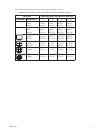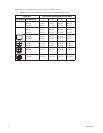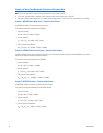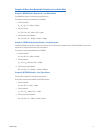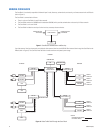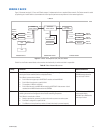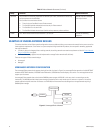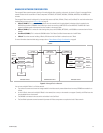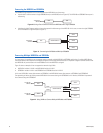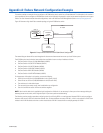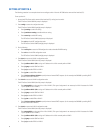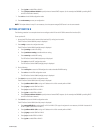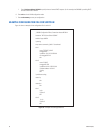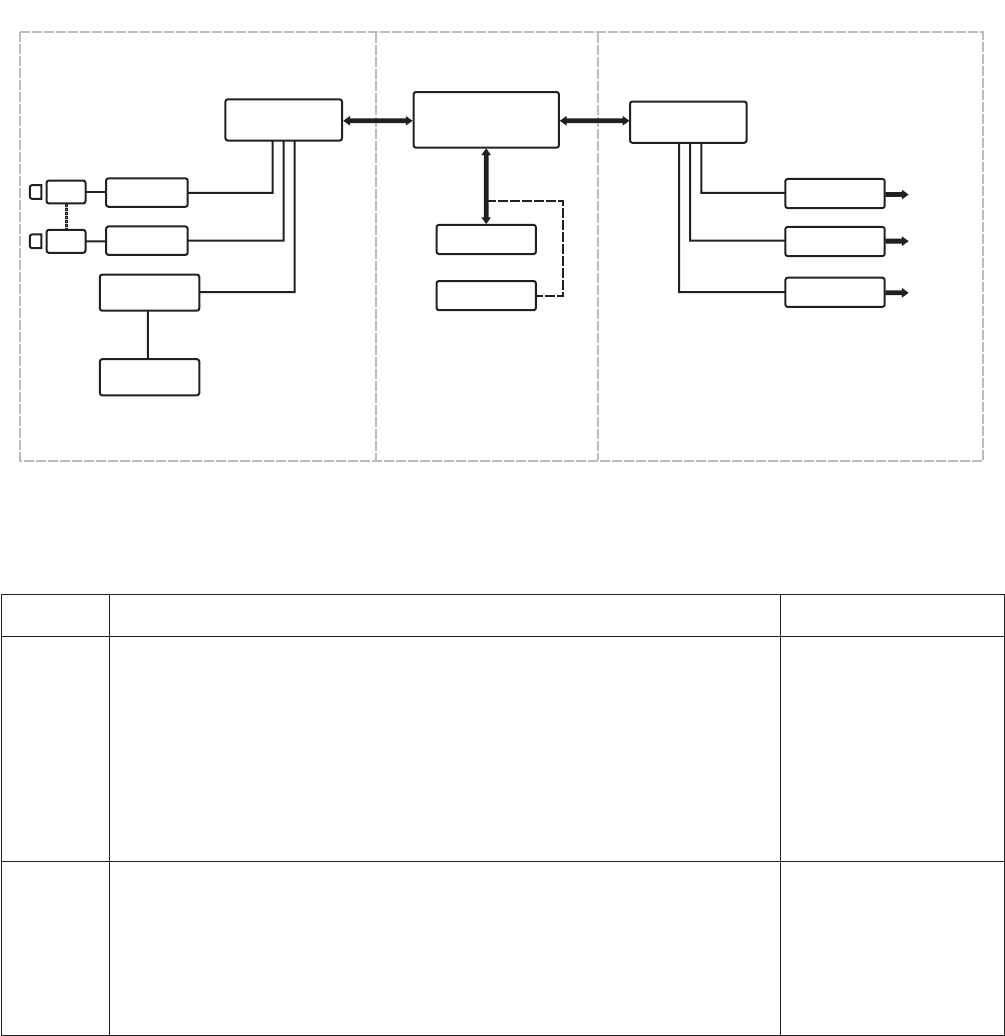
C1640M-B (3/06) 23
ENDURA C BLOCK
Figure 7 illustrates how the A, B, Core, and C Blocks concept is implemented to form a complete Endura network. The Endura network is scaled
by replicating the A and B Blocks to accommodate the video input and performance requirements for the network application.
Figure 7. C Block: Encompasses A, B, and Core Blocks
Table H lists the Endura network blocks and summarizes the functionality for which each block is responsible.
Table H. Endura Network Structures
Entity Function Network Devices
A Block The A Block is functionally responsible for encoding, recording, and storage of the video streams
entering the Endura network (both live and playback video).
The A Block is summarized as follows:
• Each A Block can support up to 48 NET5301T encoders and one NVR5100.
• Each A Block is assigned to a specific VLAN.
• The number of A Blocks is unlimited.
• Each A Block has only one NVR5100 for recording all NET5301T video streams: video is
recorded on the NVR5100 and stored on the SEB5000.
NET5301T encoders, NVR5100,
SEB5000 storage expansion
box, and a layer 2 switch
B Block The B Block is functionally responsible for decoding and displaying the video streams, as well as
providing the control and configuration of the Endura networking components.
The B Block is summarized as follows:
• Based on permissions, operators can view and control any camera on entire system.
• Each Block is assigned to a specific VLAN.
• The B Block can be replicated any number of times (limited only by network capacity).
NET5301R decoders, VCD5000
video console display,
WS5050 Endura Workstation,
and a layer 2 switch
A BLOCK-VLAN 3
C BLOCK
SM
NVR
SEB
ENCODER
ENCODER
VCD
WS
DECODER
VLAN 4
VLAN 4
VLAN 4
VLAN 4
CAMERA
VIDEO IN
VLAN 3
VLAN 3
VLAN 2
VLAN 3
VLAN 3
A BLOCK
LAYER 2 SWITCH
CORE BLOCK
LAYER 3 SWITCH
REDUNDANT SM
CORE BLOCK-VLAN 2 B BLOCK-VLAN 4
B BLOCK
LAYER 2 SWITCH
DISPLAY
VIDEO OUT
DISPLAY
VIDEO OUT
DISPLAY
VIDEO OUT



